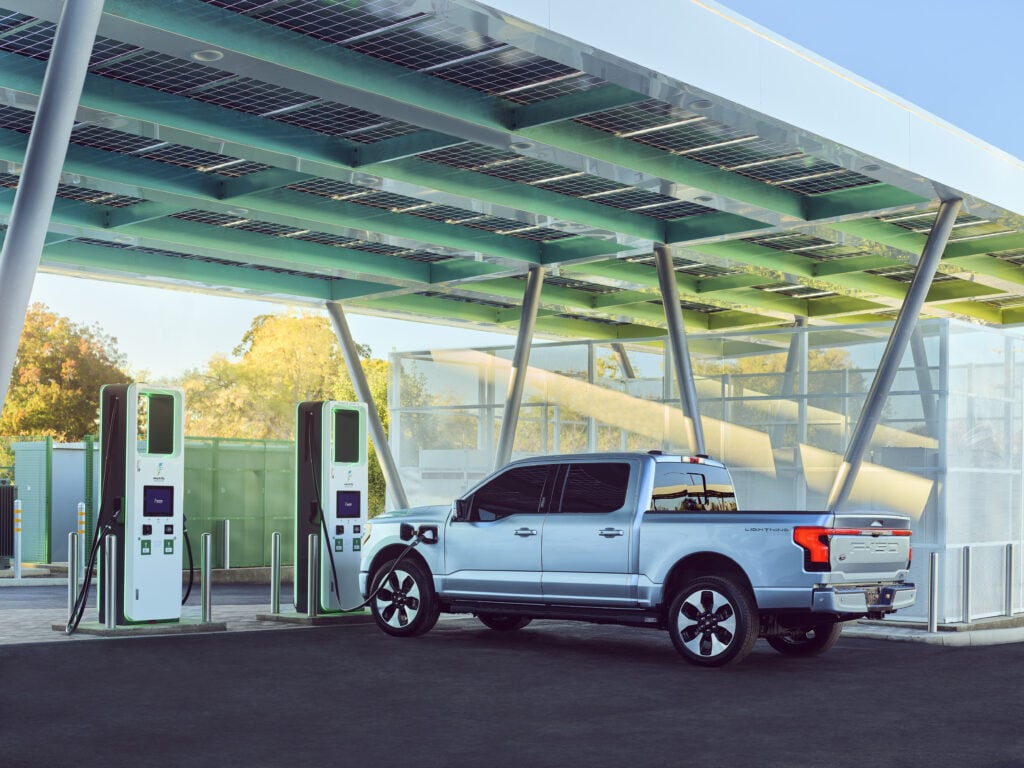
Until there’s a Carfax for electric vehicle battery health, car buyers should bear in mind the unknowns of the used EV market. We’re used to hearing of highway miles versus stop and go, or oil changes every 3,000 miles. When it comes to the health of a 1,000 pound battery pack that costs $15,000 to replace, it’s important to know how ownership habits affect the longevity and performance of a modern electric car. How does fast charging impact the health of the battery? Is it worse than plugging in at home? We’re about to address these very important questions and more.
The Dangers of Relying On Public Fast Chargers
In automotive media, we often harp on the quickest charging possible. I’m guilty of that myself, and it IS an important measure of an electric vehicle’s engineering. EVs will never win over the masses with charging rates like this. However, reliance on direct current (DC) fast charging is a real threat to the longevity of EVs that we all expect and embrace. A ruined battery with a stunted lifespan is not only an expensive fix, it’s horrible for the environment.
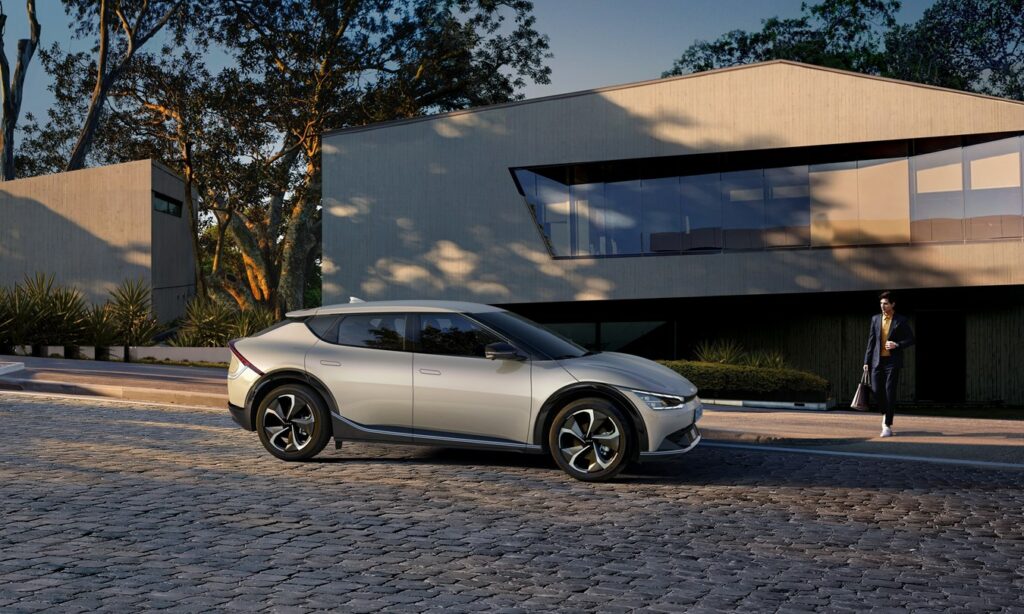
Every new tech revolution brings its own growing pains. With the personal computer came lessons learned about viruses, scammers and how to use email without annoying everyone. EVs bring a new set of challenges, but they’re challenges that can easily be overcome with a little bit of outreach and driver education.
So without further ado, here’s a public service announcement from CarEdge Electric:
Don’t rely on fast charging for your daily charging needs
Why is this important enough to shout from the rooftops? DC fast charging stresses batteries to the point of degradation. Let’s take a look at a recent literature review of what scientists have found.
Authors Bhagavathy et al. (2021) summarized the last decade’s worth of research in the realm of battery degradation. Here are the key takeaways:
- Frequent use of DC fast charging can cause battery capacity to decrease by 3% to in some cases 6%
- High current generates more heat, and it’s the heat that damages the battery
Who cares, 3% to 6% is nothing, right? Not so. When most electric vehicles have a rated range of just 220 to 275 miles, every mile counts. Losing 6% of rated range to degradation would drop my own Hyundai IONIQ 5’s range from 256 miles on a charge down to 240 miles. I’d rather treat my battery nicely and keep that extra 16 miles of driving range. I might need it someday.
Other factors that reduce the longevity of EV batteries are:
- Frequently operating the vehicle below 5% state of charge
- Frequently letting the vehicle sit with a state of charge near or at 100%.
- Frequent fast charging in extreme temperatures
Generally, 10% – 85% is the range of optimal battery health.
Don’t Abuse Free Charging Incentives
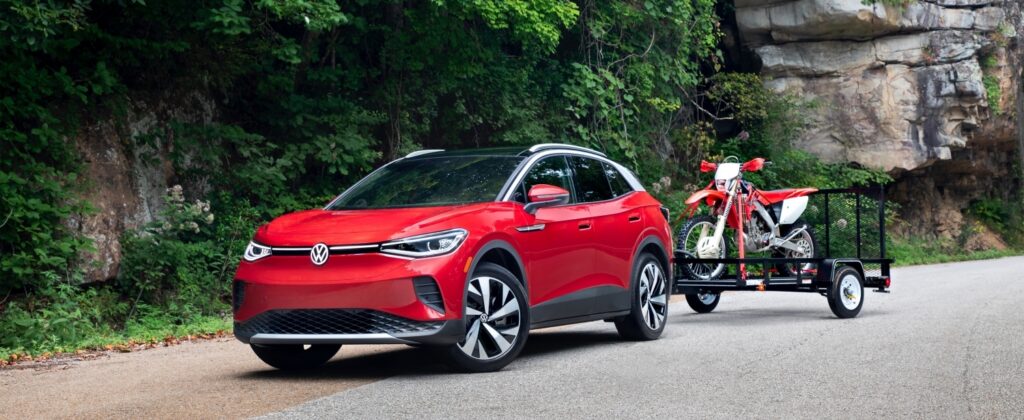
More likely than not, the electric vehicle you’re in the market for comes with some kind of free charging incentive. This is great for road trips, but be careful not to abuse the privilege. If you rely on DC fast chargers at Electrify America or Tesla Superchargers all the time simply because you can, you may end up wishing you didn’t when your range slips away quicker than expected.
Here’s everything you’ve wanted to know about Electrify America charging stations
Battery Chemistry Matters
Almost all electric vehicles use some version of the tried and true lithium ion battery. The specific chemistry of each battery is what gives it particular performance characteristics, strengths and weaknesses. Most are named after the makeup of their cathodes, the negatively-charged electrode.
To further explain, here are a few of the most common electric vehicle battery chemistries:
| Battery Chemistry | Strengths | Weaknesses | Featured In: |
|---|---|---|---|
| NCM (Lithium-Nickel-Manganese-Cobalt) | High energy density, lower cost, longer lifespan | Can't have optimal energy AND power | Ford Mustang Mach-E, F-150 Lightning, Hyundai IONIQ 5, Kia EV6, some Teslas |
| NMA (Lithium-Nickel-Manganese-Aluminum) | Cobalt-free (good for Earth) | Some have lower energy density | TBD |
| NCMA (Lithium-Nickel-Cobalt-Manganese-Aluminum) | Less cobalt (good for Earth), higher energy density | Limited supply | GM's Ultium platform, some Teslas |
| LFP (Lithium-Iron-Phosphate) | Rechargeability, long life, low cost, availability | Less energy dense, less power | Tesla Model 3 RWD |
| Solid-State (many chemistries in development) | More energy dense, safer, faster charging | Yet to be produced at mass scale | TBD |
One of the greatest strengths of the lithium-iron-phosphate (LFP) battery is its ability to withstand repeated charge and discharge cycles better than other batteries. A rear-wheel drive Tesla Model 3 with LFP batteries would not be as harmed by repeated fast-charging as an EV with other battery chemistries. Perhaps that’s why Hertz was so eager to buy 100,000 of them for their rental fleet!
What Will the Future Bring?
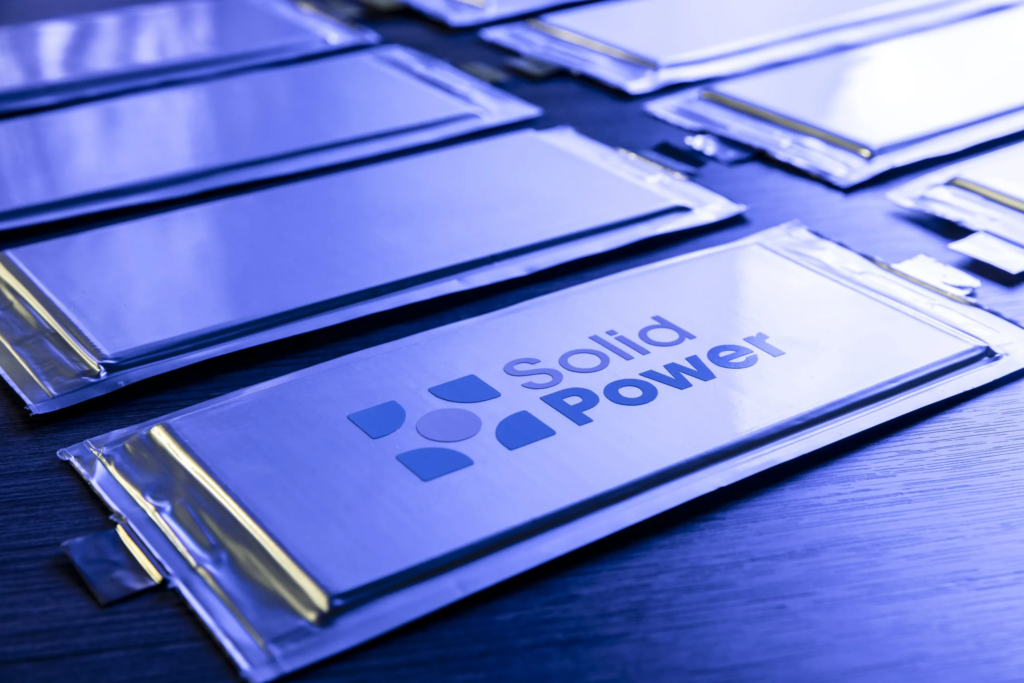
For years, engineers and EV enthusiasts alike have been anticipating the arrival of the first solid-state batteries in production electric-vehicles. When will it happen at last? It’s looking like 2025 at the earliest. And even then, solid-state batteries may only arrive in hybrid or plug-in hybrid powertrains (according to Toyota’s plan).
Other than that, the future is here folks. Competing battery chemistries are in a tug-of-war for market share and ‘strategic partnerships’, as the automakers like to call it. But more important than automaker plans is the need for drivers to learn the nuances of EV ownership. Don’t fast-charge your EV just because you can, do it when you must. Otherwise, we could be looking at a used EV market swamped with degraded and abused batteries just a few years down the road. That wouldn’t help the EV revolution one bit.








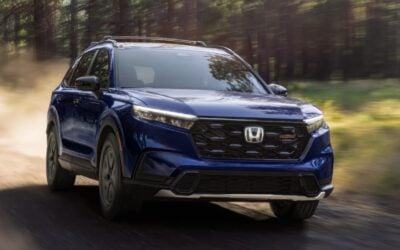

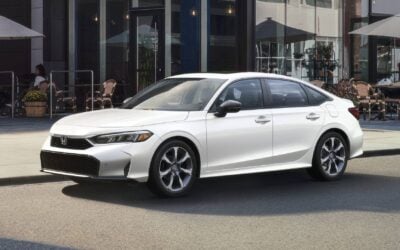


0 Comments